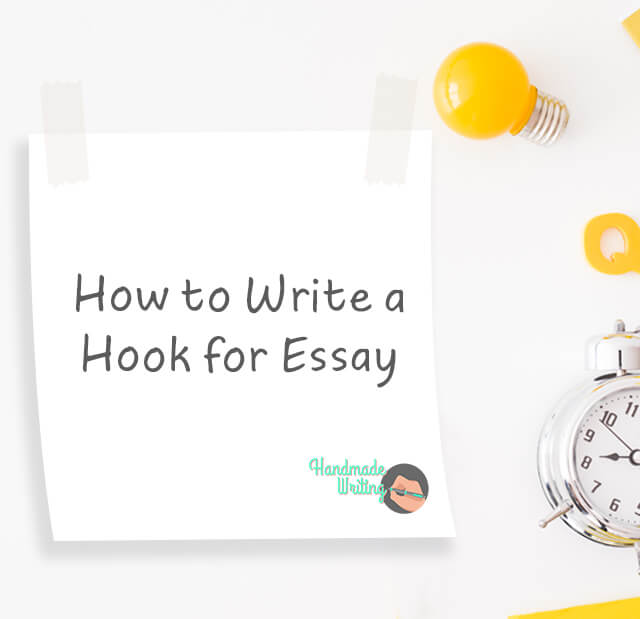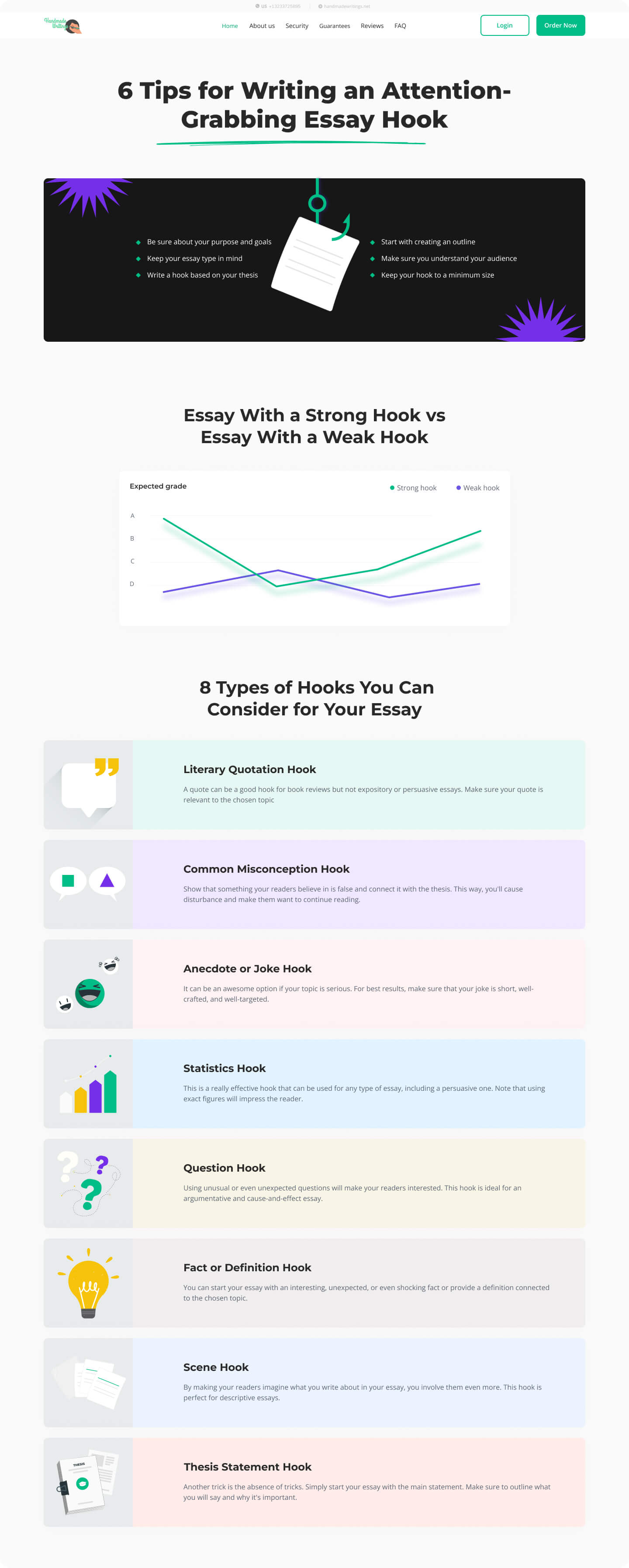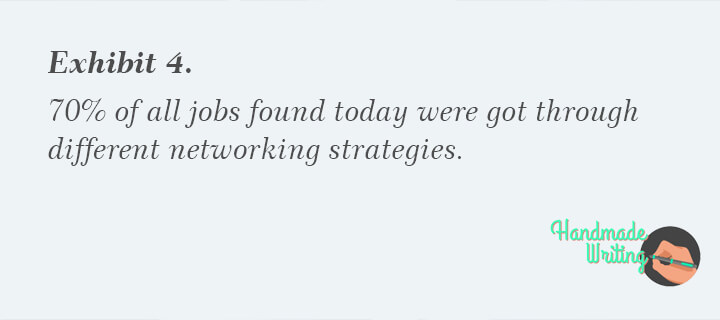How to Write a Hook for Essay?
Want to know how to write a hook for an essay? Lack of ideas for a mind-blowing attention grabber? Don’t worry - we’ll guide you through the stern path of ignorance. The primary intention of any writer is to make a strong impression on readers right from the first sentence. After all, there’s nothing better than engaging pieces of writing that preserve attention more intensely than Marvel movies. And that’s a great hook which makes them so easily digestible and memorable. Of course, the process of generating ideas that spark interest is not as challenging as climbing the Everest mountain, but it does require some brainstorming anyway. If your dream is to learn the skill of creating original hooks for essays, then this article is for you.

Want to know how to write a hook for an essay? Lack of ideas for a mind-blowing attention grabber? Don’t worry - we’ll guide you through the stern path of ignorance. The primary intention of any writer is to make a strong impression on readers right from the first sentence. After all, there’s nothing better than engaging pieces of writing that preserve attention more intensely than Marvel movies. And that’s a great hook which makes them so easily digestible and memorable. Of course, the process of generating ideas that spark interest is not as challenging as climbing the Everest mountain, but it does require some brainstorming anyway. If your dream is to learn the skill of creating original hooks for essays, then this article is for you.

A life lesson in Romeo and Juliet taught by death
Due to human nature, we draw conclusions only when life gives us a lesson since the experience of others is not so effective and powerful. Therefore, when analyzing and sorting out common problems we face, we may trace a parallel with well-known book characters or real historical figures. Moreover, we often compare our situations with […]
Read more...
Ethical Research Paper Topics
Writing a research paper on ethics is not an easy task, especially if you do not possess excellent writing skills and do not like to contemplate controversial questions. But an ethics course is obligatory in all higher education institutions, and students have to look for a way out and be creative. When you find an […]
Read more...
Art Research Paper Topics
Students obtaining degrees in fine art and art & design programs most commonly need to write a paper on art topics. However, this subject is becoming more popular in educational institutions for expanding students’ horizons. Thus, both groups of receivers of education: those who are into arts and those who only get acquainted with art […]
Read more...








